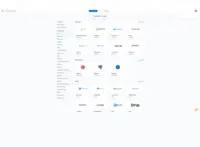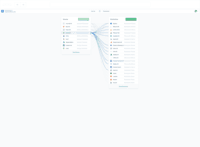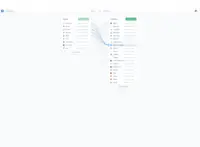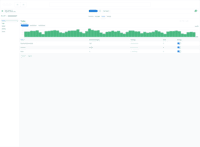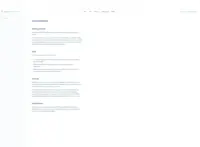Overview
What is Twilio Segment?
Segment is a customer data platform that helps engineering teams at companies like Tradesy, TIME, Inc., Gap, Lending Tree, PayPal, and Fender, etc., achieve time and cost savings on their data infrastructure, which was acquired by Twilio November 2020. The…
Pricing
Free
$0.00
Team
$120.00
Business
Contact Sales
Entry-level set up fee?
- No setup fee
Offerings
- Free Trial
- Free/Freemium Version
- Premium Consulting/Integration Services
Starting price (does not include set up fee)
- $120 per month
Product Details
- About
- Integrations
- Competitors
- Tech Details
- Downloadables
- FAQs
What is Twilio Segment?
Segment is a customer data platform that helps engineering teams at companies like Tradesy, TIME, Inc., Gap, Lending Tree, PayPal, and Fender, etc., achieve time and cost savings on their data infrastructure, which was acquired by Twilio November 2020. The vendor says they also enable Product, BI, and Marketing teams to access 200+ tools (Mixpanel, Salesforce, Marketo, Redshift, etc.) to better understand and optimize customer preferences for growth— all integrations are pre-built and accessible through a central dashboard.
Twilio Segment Features
- Supported: Data Capture & Delivery — Collect data from every customer touchpoint and send your data to hundreds of tools and data warehouses
- Supported: Personas — Unify user history across devices and channels into a comprehensive profile, synthesize raw data into traits, audiences, and predictions for each customer, and share those profiles with all of your marketing tools
- Supported: Data Filtering & Schema Locking — Set defaults and event requirements to control your data cleanliness and block rogue events from hitting your integrations and warehouses
- Supported: Historical Data Replay — Load all of your historical customer data tracked with Segment into new tools or warehouses
- Supported: Historical Data Replay — Load all of your historical customer data tracked with Segment into new tools or warehouses
- Supported: Enterprise Security — Configure Single Sign-On and restrict account access to certain team members
- Supported: Notifications & Alerts — Get proactive alerts when account changes are made or there are updates to your warehouse
- Supported: Cross-Domain Analytics — Unify your customer data and performance metrics across domains, content properties, or marketing sites
Twilio Segment Screenshots
Twilio Segment Integrations
- Zendesk Suite
- Stripe Payments
- Google Analytics
- Amazon Redshift
- Optimizely Web Experimentation
- AppsFlyer
- Braze
- Salesforce
- Amplitude
- Big Query
- Adobe
- + 200 other technologies
Twilio Segment Competitors
Twilio Segment Technical Details
| Deployment Types | Software as a Service (SaaS), Cloud, or Web-Based |
|---|---|
| Operating Systems | Unspecified |
| Mobile Application | No |
| Supported Countries | North America, South America, Europe, Asia, Australia |
| Supported Languages | English |

